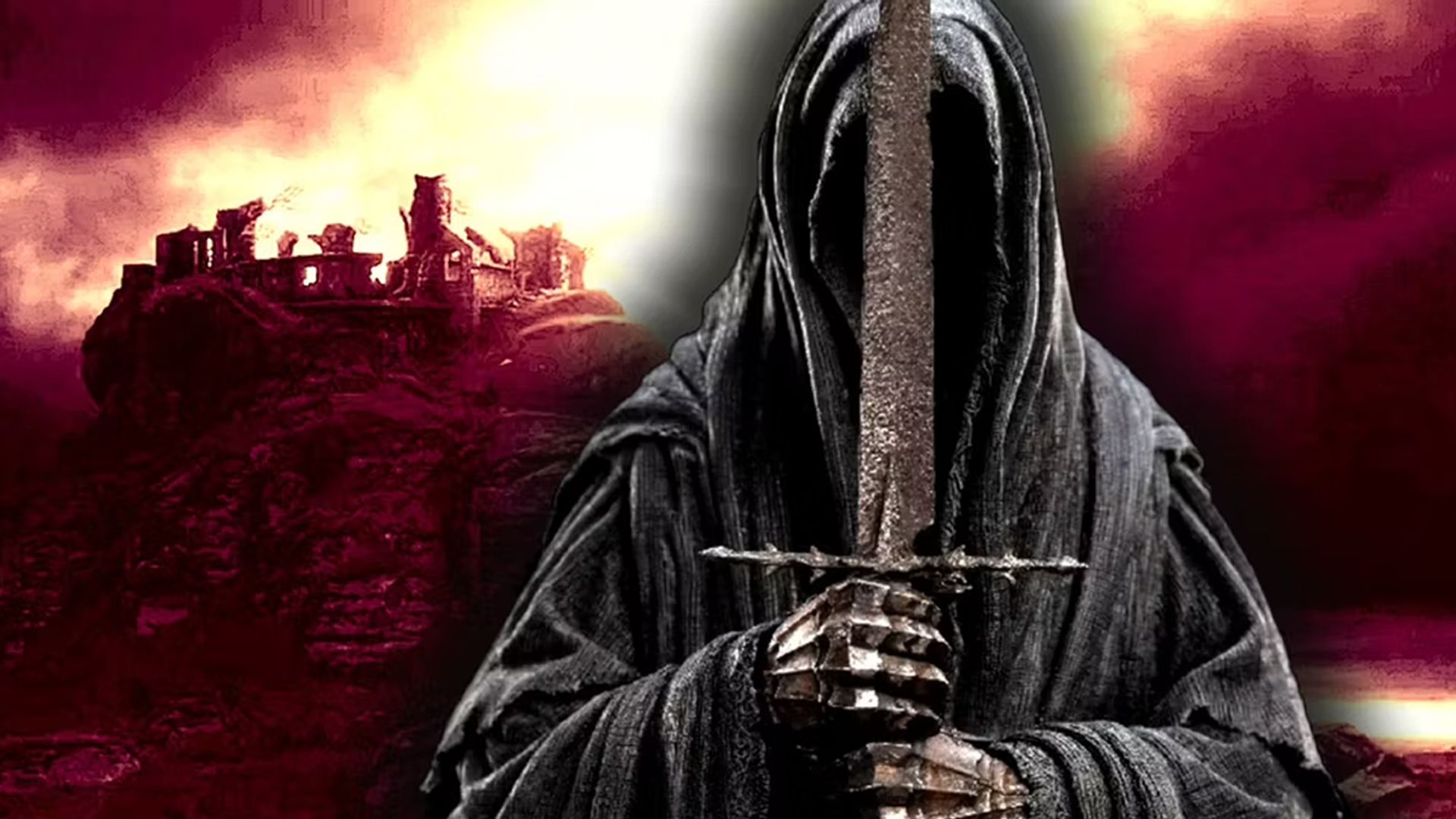Unveiling the Origins of the Nazgûl: A Pre-Lord of the Rings Tale

The Nazgûl, or as we like to call them in the common speech, the Ringwraiths, are some of the most unforgettable villains in the grand tapestry of The Lord of the Rings. Now, let’s not get lost in the Tolkienese too quickly. Sauron had a bit of a flair for the dramatic and endowed nine rings to a group he deemed unworthy—yep, the poor choice seems to center on a bunch of men who should have known better. These magical baubles didn't do them any favors; instead, they turned these jolly fellows into invisible, undead minions of doom, lying in wait to do Sauron's bidding. Sweet, right?
But while we certainly enjoy their ghoulish presence, both J.R.R. Tolkien's charmingly complex novels and Peter Jackson's flicks of genius for the screen leave us hanging when it comes to who these Nazgûl were before their fall from grace. In Jackson's adaptation of The Fellowship of the Ring, our rugged hero, Aragorn, mentions that they were “Kings of Men.” Meanwhile, Tolkien's original prose seems to throw a spaghetti western twist into the mix—sure, they were important enough for Sauron to notice them, but kings? Not quite. In The Silmarillion, he hints that some of them *did* become kings after getting all glammed up with their rings, but that’s about as tidy as it gets.
As of September 27, 2024, our dear friend Robert Vaux points out that Tolkien left the origins of these creepy characters largely in the dusty corners of Middle-earth. The Rings of Power series is poised to step into this narrative black hole, especially with the dramatic fall of Númenor, wherein colorful characters might just be lured into Sauron’s treacherous web.
Now let’s talk about the big cheese among the Nazgûl, who spectacularly goes nameless. Call him whatever you like, but he famously claims the title of the Witch-king of Angmar. This dude wasn’t just some run-of-the-mill sort rummaging through the pantry of evil; he was a bona fide sorcerer, founding an empire in Angmar and forming a rather impressive evil army. His endeavors led to the utter destruction of Arnor, the ancient land that was once a bright spot on the map until he rolled in uninvited with his evil entourage. Eventually, though, an alliance of Gondorians and Elves managed to put him in his place, but not before he got a cheeky escape to fight another day. Let’s be real, if there’s an evil sorcerer around, glorified prophecies and heroic battles are sure to follow—in this case, Elf Glorfindel was the optimist who foretold that no man would lay him low. How quaint!
During the rollercoaster of events in The Lord of the Rings, the Witch-king strutted his spooky stuff as one of Sauron’s most loyal followers. He stabbed Frodo with a Morgul blade at Weathertop, essentially auditioning him for the role of a wraith, and even managed to off King Théoden at the iconic Battle of Pelennor Fields. But fear not! Éowyn, a true heroine of our time, fulfilled that grand prophecy, dispatching the Witch-king with flair and style. Take that, villain!
Now, let’s not forget about our one exception to the 'Nameless Nazgûl' rule: his name is Khamûl. Unlike his spotlight-stealing counterpart, Khamûl didn’t steal the show in the original trilogy, but Tolkien snuck him into our hearts through *Unfinished Tales*. An Easterling by birth, Khamûl played second fiddle to the Witch-king and led the search for Frodo, which is sort of like being the designated driver in a car full of angst-ridden wraiths. And while Tolkien didn’t spell out Khamûl’s tragic end, we might just assume he also faced an untimely demise in the Battle of the Black Gate or found himself in a fiery embrace thanks to the eruption of Mount Doom. The wraith life isn’t as glamorous as one would think, it seems!
Tolkien was rather coy about the other seven Nazgûl, only briefly acknowledging Gothmog, the Lieutenant of Morgul, in the chapter “The Battle of Pelennor Fields.” Now, Jackson took some creative liberty in depicting Gothmog as an Orc, but the book leaves a tantalizing mystery around his origin. This has sent fans into a delightful spiral of speculation—could he, in fact, be another wraith under Sauron’s command? Who knows!
In one of Tolkien's letters, he mentioned that three of the Nazgûl, including our dear Witch-king, were Númenóreans. So, while we’ve got our trio from Númenor, our Easterling Khamûl, and the remaining five still lurking in the shadows, there are possibilities aplenty. The Haradrim seem like the prime candidates here, as they were cozying up to Sauron during the War of the Ring. Tolkien had a penchant for symmetry, which only begs the question: why wouldn’t he balance his forces evenly from the North, East, and South of Middle-earth to give his enemies a full-on panic attack?
Various adaptations have sprung into life, trying to shine a light on those mysterious Nazgûl. The tabletop role-playing game Middle-earth Role Playing dipped its toe in the waters of creativity by devising lush backstories and catchy names (think Dendra Dwar, Akhôrahil, and the like). Jackson, however, seemed to tread lightly, choosing to give them the practice of anonymity while slightly jazzing up their aesthetic with unique weapons and armor in The Hobbit: The Battle of the Five Armies.
Yet, it was the 2017 video game

